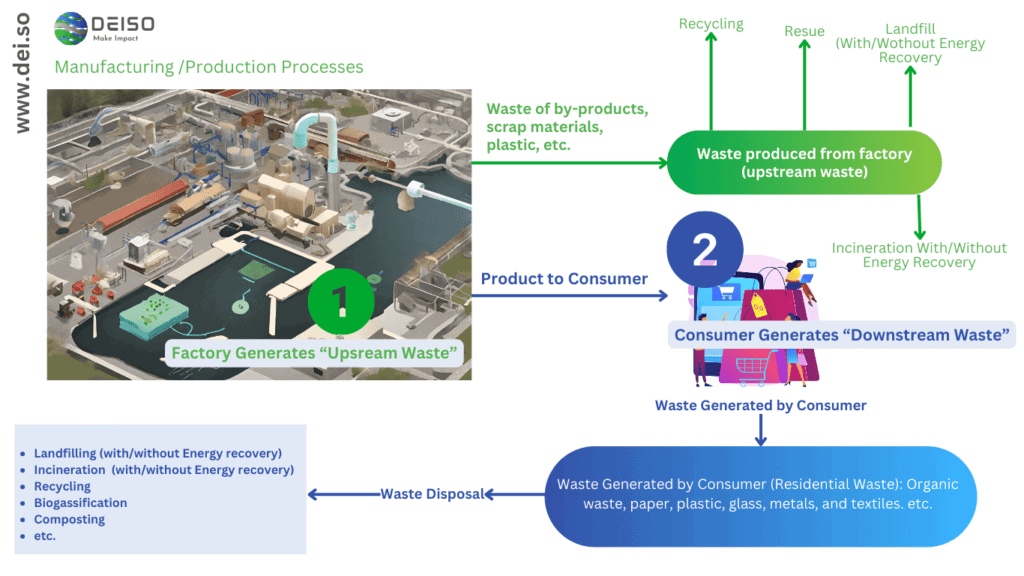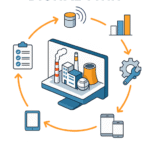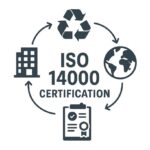Upstream vs. Downstream Waste: Understanding Impacts and Treatment

The daily items we buy and discard represent only a fraction of the total waste generated within a product’s life cycle. To fully assess the environmental consequences of our consumption patterns, we must look at upstream and downstream waste concepts.
Upstream Waste: The Manufacturing Footprint
Upstream waste refers to all the waste generated during a product’s production and manufacturing stages. This includes:
- Resource extraction waste: The byproducts of mining, harvesting, or extracting raw materials.
- Manufacturing waste: Scrap materials, defective products, chemical waste, and excess packaging produced during the manufacturing process.
- Transportation waste: Emissions from transporting raw materials to factories and finished products to consumers.
Upstream waste often occurs within an industrial supply chain, making it less visible to the average consumer. Yet, it carries substantial environmental costs. Resource extraction can degrade ecosystems, manufacturing processes release pollutants, and transportation contributes to climate change.
Downstream Waste: The Consumer’s End
Downstream waste encompasses everything that happens to a product after the consumer uses it. This includes:
- Product disposal: Materials that are thrown into landfills or incinerators.
- Packaging waste: Discarded containers, boxes, and plastic wrap.
- Hazardous waste: Items like batteries, electronics, and cleaning products require special disposal.
Downstream waste is readily visible in overflowing trash bins and municipal waste sites. It highlights the challenges of living in a consumer society where products are often designed for quick disposal rather than longevity.
Importance of Both Waste Streams
While upstream and downstream waste have distinct origins, they warrant serious attention. Upstream waste underscores the need for greater efficiency and sustainability within manufacturing processes. Downstream waste emphasizes the importance of responsible consumption habits and waste management infrastructure.
How Is Waste Treated?
Treatment methods vary depending on the type of waste:
- Landfills are the most common treatment for upstream and downstream waste. Still, landfills contribute to methane emissions and can contaminate groundwater.
- Incineration: Often used for mixed waste, incineration can recover energy but also releases air pollution.
- Recycling: A process for converting waste materials into new products, helping to conserve resources and reduce landfill impact.
- Composting: Organic waste decomposition into nutrient-rich fertilizer, diverting material from landfills.
- Hazardous waste treatment: Specialized methods to neutralize or safely dispose of toxic materials.
Solutions and Progress
Tackling both upstream and downstream waste demands integrated solutions:
- Manufacturers: Designing products for easy recycling or reuse, minimizing packaging, and sourcing materials sustainably to reduce upstream waste.
- Consumers: Making conscious purchasing choices, supporting recyclable or compostable items, and properly disposing of waste helps minimize downstream problems.
- Policymakers: Regulations encouraging sustainable manufacturing and investment in waste management infrastructure are vital.
Addressing the full spectrum of upstream and downstream waste is crucial for creating a more sustainable and responsible approach to production and consumption.
If you enjoyed this post, join our free newsletter for more valuable content! Subscribe now for informative articles, service updates, downloadable guides, and more. Click here!
Share this:
- Click to email a link to a friend (Opens in new window) Email
- Click to share on LinkedIn (Opens in new window) LinkedIn
- Click to share on X (Opens in new window) X
- Click to share on Facebook (Opens in new window) Facebook
- Click to share on WhatsApp (Opens in new window) WhatsApp
- Click to share on Reddit (Opens in new window) Reddit
- Click to print (Opens in new window) Print
- More
- Click to share on Tumblr (Opens in new window) Tumblr
- Click to share on Threads (Opens in new window) Threads
- Click to share on Pinterest (Opens in new window) Pinterest
- Click to share on Pocket (Opens in new window) Pocket
- Click to share on Telegram (Opens in new window) Telegram
- Click to share on X (Opens in new window) X











